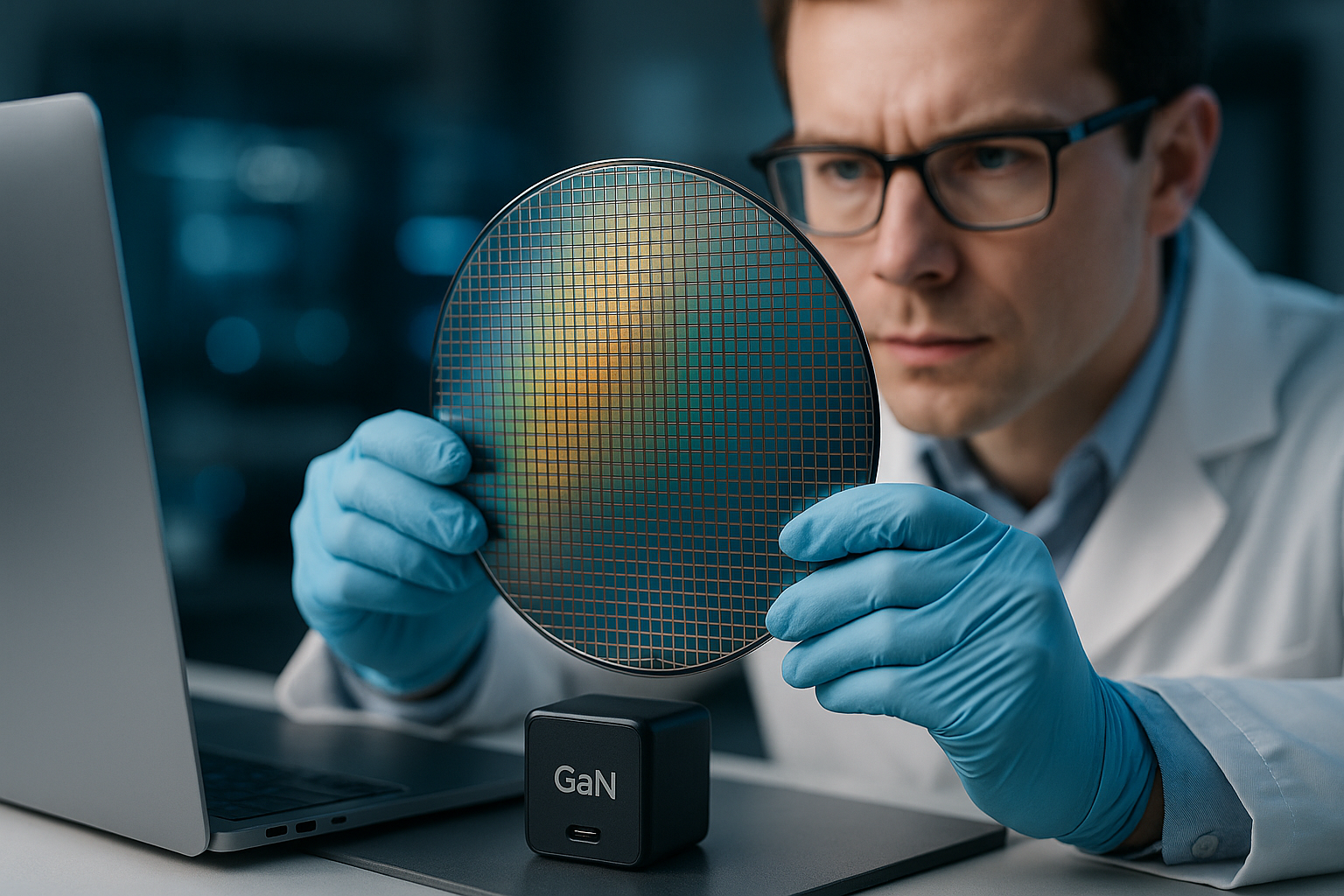The Dawn of Gallium Nitride: Shaping the Future of Electronics
Introduction: The era of silicon-based electronics may be drawing to a close. But don't fret, there's a new kid on the block, and it's promising a revolution. Enter Gallium Nitride, a material that could reshape the future of electronics. Gallium Nitride (GaN) isn’t a new discovery. It was first synthesized in the 1930s, but its potential in the electronics industry remained largely untapped until the late 1990s when Japanese scientist Shuji Nakamura used GaN to create the first blue LED. This opened up a world of possibilities, laying the foundation for the development of high-brightness white LEDs and blue laser diodes, leading to the modern era of digital displays and energy-efficient lighting.

Why Gallium Nitride?
GaN’s true potential lies in its superior properties over silicon. It can withstand higher voltages and temperatures, making it ideal for power electronics. It has higher electron mobility, allowing devices to operate at higher frequencies and smaller sizes. GaN-based devices also experience less energy loss, resulting in more efficient power usage. These attributes make GaN a game-changer in fields ranging from telecommunications to electric vehicles.
The GaN Revolution: Where are we now?
The widespread adoption of GaN technology is still in its early stages, but the momentum is building. A key development occurred in 2018 when tech giant Apple began using GaN-based chargers for its devices, citing their efficiency and compact size. Since then, other companies like Dell and Lenovo have followed suit, further driving the demand for GaN.
GaN’s Market Impact: An Estimated Price Range
Currently, GaN-based products are more expensive than their silicon counterparts due to their complex manufacturing process. However, as production scales up and technology continues to advance, prices are expected to drop. Industry experts predict the global GaN semiconductor devices market to grow at a CAGR of 30.01% during 2021-2026, reaching USD 2.4 billion by 2026.
What does the Future Hold for GaN?
The future of GaN looks bright, with its potential applications only beginning to be realized. In the automotive industry, GaN could revolutionize electric vehicle charging, making it faster and more efficient. In telecommunications, GaN-based amplifiers could enable higher data rates and improved connectivity. The possibilities are vast and exciting.
Gallium Nitride is a prime example of how a little-known material can spark a revolution in technology. Its journey from obscurity to the forefront of electronics is a testament to the relentless pursuit of innovation and progress in the tech world. As we continue to push the boundaries of what’s possible, who knows what other game-changing materials lie in wait?




